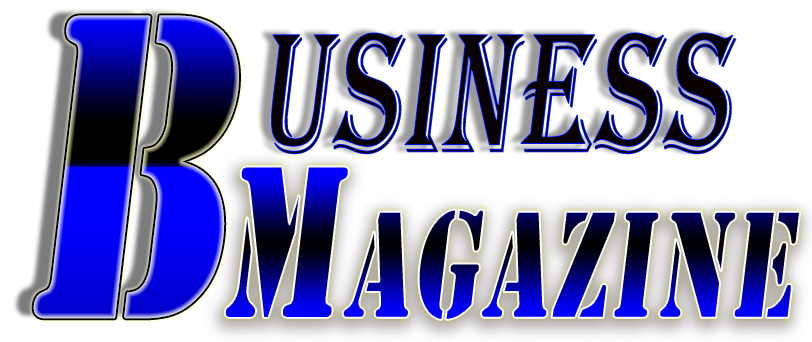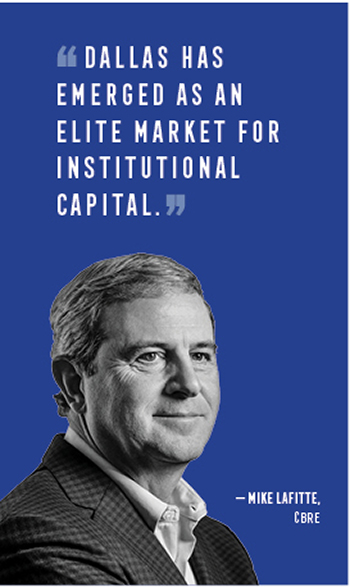Things are going well, but you sometimes wonder if you could step up your game – but where to start?
Although I primarily work with CEOs and business owners, the approach to “personal effectiveness” outlined here will work for anyone.
I recently worked with an executive we will call Sam who said things were going fine but she suspected she could do better.
“I don’t have anything specific I can put my finger on,” Sam said. “But I’ve been sitting in this chair a long time, and carry out my responsibilities easily. I’m just wondering if I am contributing my best if things run so smoothly.”
“You are wise to check in on this,” I answered. “Too many executives don’t pause to ask themselves that question. One can easily fall into complacency – and this leads to a rut from which it is difficult to climb. But you are avoiding such a scenario altogether by asking yourself the question, ‘Am I contributing my best?’ ”
Sam shifted in her chair. “If I’m really honest, I also feel like I’m not growing and learning right now, so that I push the edges of what’s possible for me as a leader. It’s not that I want to change positions or anything like that – it’s just that I wonder if I could be even more effective right where I am. You know – personal growth.”
I told Sam there’s much we can do in this arena. A great place to start is to take a quick assessment of how you are doing. This requires being candid with yourself as you go through some careful questioning. And then, if you want a full picture – to see if others have the same perception of your leadership as you do – you will include a few others in this same process.
“That’s a little daunting,” Sam answered. “But you are probably going to tell me that it is valuable, or you wouldn’t have suggested it.”
“Yes,” I replied. “When we take a careful look at ourselves and assess how we are doing, we are seeing from our lens only. Getting feedback from others helps us to understand how others see us in these same areas. There are often surprises.”
Sam sat back. “You know, I really get that. We have someone here who feels he is a confident and decisive person. But many of us have said that he has a blind spot – that he is actually a poor listener and doesn’t include others in important decisions.”
“Now you are getting it!” I said.
Sam and I worked on some quick questions and a process to include others in her mini-assessment. After following through, she reported some great discoveries that served as the basis for a development plan going forward.
So, how are you doing?
Here are some questions to help you begin your assessment. Whether you choose to self-assess or to include others, it’s important to appreciate candor and openness as part of the process, remembering that any feedback you get is valuable to your growth and to your future.
Questions for the assessment process
— Who am I as a leader when I am at my best?
–What keeps me from being at my best as a leader?
–What do I need more or less of to be at my best as a leader?
–What do I consider my top strengths?
–How do I use these to benefit my work? My team and colleagues? The company?
–Where do I see growth opportunities to use more of these strengths in my work?
–In what area(s) do I feel there is more personal growth opportunity for me?
–How would this enhance my work results? My leadership? How would this benefit my team, colleagues, and the company?
–Where in my work do I feel I could be even more effective? Where in my leadership could I do the same?
–If I were to work on one thing to be more effective, what would it be? How would this benefit my team? My colleagues? The company?
3 ways to assess personal effectiveness
Perform a self-assessment: Take some time away from the office to sit in a quiet, reflective space. Journal out your answers. Handwriting instead of typing connects the head and heart and will produce deeper, richer results.
Have a discussion with your leader or trusted mentor: Ask her if she will sit with you and answer some questions that will help you to become more effective. Ask her for details or scenarios when you aren’t sure about her answers, or when something isn’t clear to you.
It’s important for you to have a clear vision as to when and how you come across in a certain way, or how your results show so that you can be more aware and manage yourself more effectively.
Perform a mini-360-degree assessment: Include your boss or mentor, and if you work on a team, select from those colleagues and reports with whom you work most closely. (You might even consider including a key customer.)
Follow the same process as you do with your leader in #2. Select a handful carefully – perhaps three to five. Be courageous by including those for whom you feel less affinity or those you fear might be harsh in their feedback.
Remember that if one person provides you feedback that is unlike that from the others and does not seem true, you can choose to discount it, or to see this as a growth opportunity to forge a better, closer relationship with that person to test it out.
Once you have gathered your feedback, you will have a rich source of information from which to draw your development plan.
Patti Cotton serves as a thought partner to CEOs to help manage change. Reach her via email at [email protected].



